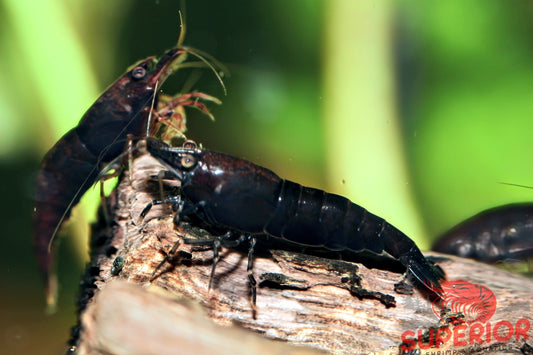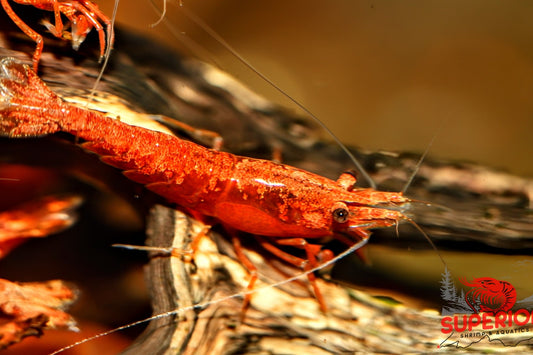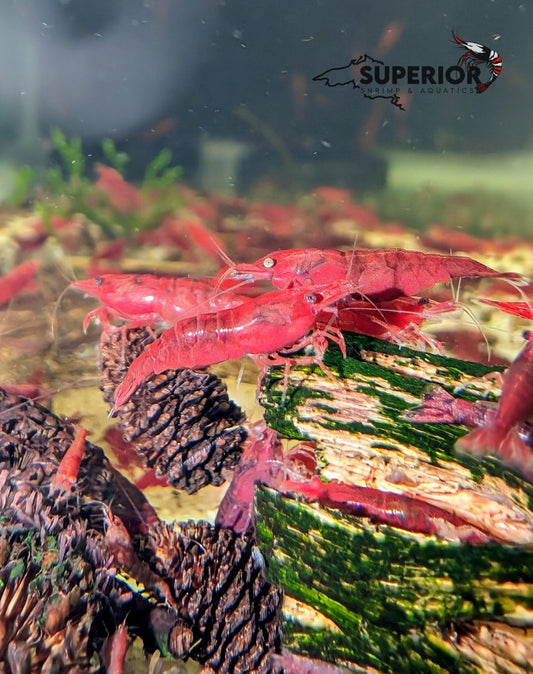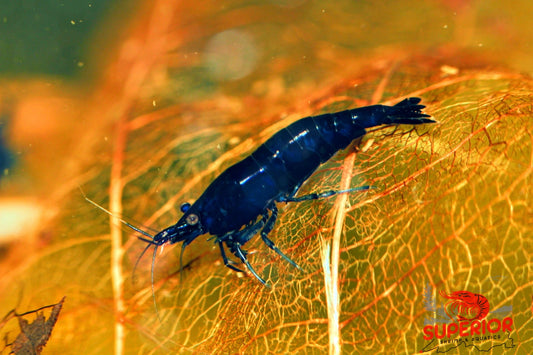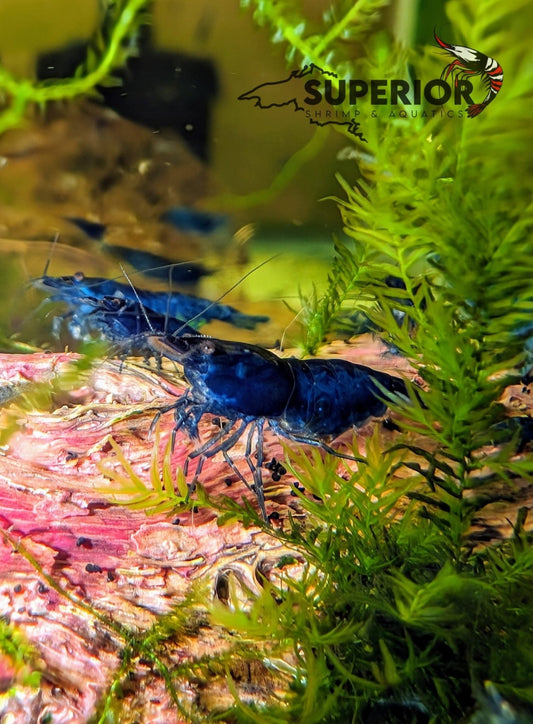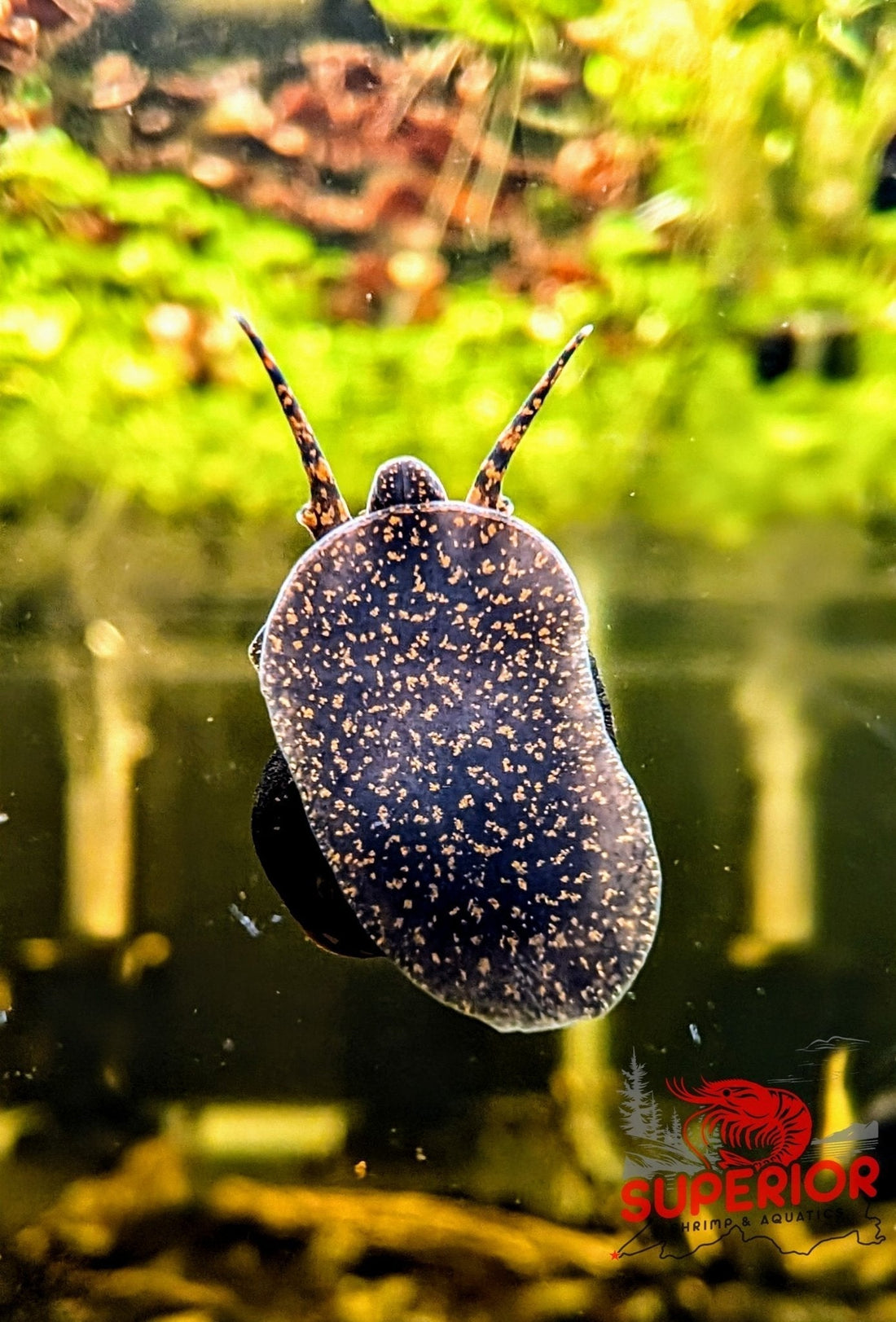Picture this: a tiny, slow-moving critter with a shell that screams "I'm fancy but not too fancy," gliding along the bottom of your aquarium, nibbling on microscopic snacks like a gourmet at a buffet. Meet the Orange River Snail (Viviparus sp.), a freshwater marvel that’s making waves (or at least gentle ripples) in the aquarist world. Often mistaken for its cousin, the Blueberry Snail, this little guy hails from the lush, sediment-rich waters of Sulawesi, Indonesia, and brings a dash of charm and utility to any tank. Let’s dive into the world of this enigmatic invertebrate, exploring its habitat, diet, reproduction, and why it’s the unsung hero your aquarium didn’t know it needed.
Habitat: Where the Orange River Snail Hangs Its Shell
The Orange River Snail doesn’t just live; it thrives in environments that would make any aquarist jealous of its laid-back lifestyle. Native to the rivers and tributaries of Sulawesi, particularly around West Papua, these snails prefer slow-moving or stagnant waters with muddy, vegetated bottoms. Think of it as their version of a cozy, plant-filled studio apartment. They’re often found burrowing in soft substrates like sand or healing earth, which suits their penchant for digging and hiding. Water parameters? They’re not too fussy, but they do best in temperatures between 22–28°C, with a general hardness (GH) of 6–22 °dGH, carbonate hardness (KH) of 3–15 °dKH, and a pH around 7.5. Essentially, they like their water clean, slightly alkaline, and not too warm—think of it as a Goldilocks zone for snails. For aquarists, replicating this setup means a well-planted tank with plenty of hiding spots, low-flow filters, and maybe a sprinkle of Indian Almond Leaves for that natural, tannin-rich vibe. Just don’t expect them to thrive in a bare, brightly lit tank—they’re more "moody ambiance" than "Vegas spotlight."
Food: The Gourmet Filter Feeder
If the Orange River Snail had a food blog, it would be titled “Fine Dining on Microdebris.” These snails are filter-feeding detritivores, which is a fancy way of saying they’re the vacuum cleaners of the aquatic world. They use a siphon to suck in plankton, organic microdebris, and suspended particles, filtering their meals while breathing. It’s like multitasking at its finest—eating and breathing through the same straw. In the aquarium, they’ll happily graze on biofilms, soft algae, and detritus, keeping your tank sparkling clean. For extra flair, you can toss in high-quality dust food like NatureHolic Fan Feed or Snailfeed Pudding, which they’ll devour like it’s Michelin-starred cuisine. They’ll also nibble on dried Hokkaido pumpkin or brown fall leaves, adding a rustic touch to their diet. One thing’s for sure: these snails won’t touch your prized plants, making them the perfect roommates for your aquascaped jungle. Just steer clear of copper-based treatments—snails and copper mix about as well as oil and water.
Reproduction: The Miracle of Mini Snails
Now, let’s talk about the Orange River Snail’s love life, which is surprisingly dramatic for such a chill creature. Unlike most snails, which are hermaphroditic and ready to party solo, Viviparus sp. is separately sexed, meaning you need a male and a female to get the baby-making magic going. Males are easy to spot—look for a thickened, club-like right antenna that doubles as, ahem, their reproductive gear. Females, meanwhile, sport two identical tentacles and a brood pouch where the magic happens. These snails are viviparous (or ovoviviparous, if you want to get technical), meaning they give birth to live, fully formed mini-snails rather than laying eggs. Every 1–3 weeks, a female might pop out a single, 7mm-long juvenile, complete with the characteristic shell stripes of its parents. It’s like a tiny, shelled miracle dropping into your tank. Don’t worry about an overpopulation crisis, though—these snails aren’t the prolific breeders you’d find with, say, Malaysian Trumpet Snails. Sexual maturity takes about two years, when they hit around 2 cm, and females typically pass away after their brood is complete, adding a bittersweet note to their reproductive saga.
Aquarist Appeal: Why You’ll Love These Little Guys
So, why should an aquarist care about the Orange River Snail? For starters, they’re the interior decorators of the aquarium world. Their filter-feeding habits keep water clarity top-notch by munching on algae, microalgae, and waste solids. They’re peaceful tank mates, coexisting happily with community fish like Barbs, Guppies, and Tetras, as well as other invertebrates like fan shrimp or mussels. Their striking appearance—reddish-brown to pink shells paired with a dark blue body speckled with orangey-gold flecks—makes them a visual standout. Think of them as the aquarium equivalent of a well-dressed guest who also cleans up after the party. They’re also beginner-friendly, with easy care requirements and a knack for adapting to various conditions, provided you keep the water quality high and the copper far away.
But there’s more to their charm. These snails are relatively new to the aquarium trade, possibly the first of their kind offered in the USA, which gives them an air of exclusivity. Discovered in the wilds of Papua by snail enthusiast Chris Lukhaup, they share their natural habitat with Cherax crabs, adding to their exotic allure. Their slow, deliberate movements and quirky “trapdoor” (operculum) make them a joy to watch, especially for kids in educational settings like the Montessori tanks you’re stocking. Plus, their live-bearing nature means you might catch a glimpse of a tiny snail popping out, which is basically the aquatic version of a gender reveal party.
Quirks and Cautions
Of course, no snail is perfect. The Orange River Snail can carry parasites, a trait common to Viviparus species, so it’s wise to quarantine them before introducing them to your main tank. Their wild-caught status means some may arrive with minor shell imperfections—think of it as character, not flaws. And while they’re hardy, they don’t love warm water above 28°C, so keep that heater in check. If you’re hoping to breed them, you’ll need to play matchmaker to ensure you’ve got both males and females, as their sexed nature means no solo parenting here. Lastly, their limited availability and high demand mean you might need to act fast when you spot them at places like Moonlight Aquatics or Aquatic Arts.
Wrapping Up the Snail Tale
The Orange River Snail (Viviparus sp.) is more than just a pretty shell—it’s a low-maintenance, algae-eating, live-bearing wonder that adds both function and flair to your aquarium. From their sediment-rich Sulawesi homes to their filter-feeding finesse, these snails are a testament to nature’s ability to pack big personality into small packages. Whether you’re a seasoned aquarist or a newbie looking to spice up your tank, these snails offer a delightful mix of utility and charm. Just imagine them, slowly cruising your tank, sipping microdebris like it’s fine wine, and occasionally surprising you with a tiny snail baby. So, go ahead—give these quirky crustaceans a home, and let them work their magic.
